Challenges in Traditional Facility Management Practices
Traditional facility management practices often face challenges due to their reliance on manual processes and outdated systems. One common issue is the lack of real-time visibility into facility operations, leading to difficulties in identifying and addressing issues promptly. This can result in inefficiencies, increased downtime, and higher maintenance costs.

Moreover, the use of paper-based documentation and spreadsheets can lead to errors, delays in information sharing, and difficulties in tracking historical data. Without a centralized system for managing facility information, communication gaps may arise between different departments, hindering the overall effectiveness of facility management. These challenges highlight the need for digital solutions to streamline processes, improve communication, and drive better decision-making in facility management practices.
Benefits of Implementing Digital Solutions in Facility Management
Digital solutions in facility management offer a host of advantages that can revolutionize how buildings and spaces are managed. One key benefit is the increased efficiency and accuracy in tracking and managing assets, maintenance schedules, and resources. By digitizing these processes, facility managers can access real-time data, gain insights into operations, and make informed decisions to optimize performance and minimize downtime.
Moreover, digital solutions provide a streamlined communication platform for all stakeholders involved in facility management. With cloud-based systems and mobile applications, information sharing becomes seamless, enabling better coordination among maintenance teams, contractors, vendors, and occupants. This enhanced communication network fosters collaboration, increases transparency, and ultimately leads to improved productivity and customer satisfaction.
Key Technologies Driving Digital Transformation in Facility Management
The adoption of key technologies is revolutionizing the landscape of facility management. One such technology is Building Information Modeling (BIM), which facilitates the creation of digital representations of physical and functional characteristics of buildings. By leveraging BIM, facility managers can enhance collaboration, improve decision-making processes, and streamline building operations.
Another pivotal technology driving digital transformation in facility management is Computerized Maintenance Management Systems (CMMS). CMMS automates maintenance workflows, tracks asset performance, and schedules preventive maintenance tasks. This technology enables facility managers to optimize maintenance activities, reduce unplanned downtime, and extend the lifespan of equipment.
Integration of IoT in Facility Management Processes
Incorporating IoT into facility management processes has revolutionized the way buildings are operated and maintained. By leveraging interconnected devices and sensors, facility managers can gather real-time data on energy usage, equipment performance, and occupancy levels. This data allows for more proactive decision-making and predictive maintenance strategies, ultimately enhancing operational efficiency and reducing downtime.
Moreover, IoT integration enables remote monitoring and control of building systems, offering greater flexibility and responsiveness to changing needs and conditions. Automated alerts and notifications can be set up to detect anomalies or potential issues, allowing for quick intervention and preventing potential disruptions. As the IoT ecosystem continues to expand, it is essential for facility managers to embrace these technologies to drive innovation and stay competitive in the ever-evolving landscape of facility management.
Role of Data Analytics in Optimizing Facility Operations
Data analytics plays a pivotal role in optimizing facility operations by providing valuable insights into various aspects of a building’s performance. Through the analysis of data collected from sensors and other sources, facility managers can identify patterns, trends, and anomalies to make informed decisions. This enables them to predict maintenance needs, improve energy efficiency, and enhance overall operational effectiveness.
Furthermore, data analytics allows for real-time monitoring and control of facility systems, enabling quick response to any issues that may arise. By leveraging data-driven insights, facility managers can proactively address maintenance issues, reduce downtime, and ensure that building occupants experience optimal comfort and safety. Ultimately, the use of data analytics in facility operations leads to cost savings, improved efficiency, and better utilization of resources.
Importance of Cloud Computing in Facility Management
Cloud computing has emerged as a game-changer in facility management, offering a range of benefits that enhance operational efficiency and effectiveness. By leveraging cloud infrastructure, facility managers can access real-time data, collaborate seamlessly across teams, and streamline processes with greater agility. The cloud provides a scalable and secure platform for managing various aspects of facility operations, from maintenance schedules to energy consumption monitoring.
Moreover, cloud computing empowers facility managers to make data-driven decisions that drive strategic improvements in facility performance. With centralized data storage and access, decision-makers can analyze historical trends, identify patterns, and implement proactive measures to optimize resource usage and enhance overall operational productivity. In essence, cloud computing revolutionizes facility management by providing a robust foundation for digital transformation and innovation in the industry.
Enhancing Security Measures through Digital Transformation
Security is a top priority for all facility managers, and the digital transformation of facility management processes offers innovative solutions to enhance security measures. With the integration of advanced technologies such as Artificial Intelligence (AI) and video analytics, facilities can now implement proactive security measures to prevent potential threats. These digital tools enable real-time monitoring of premises, identification of suspicious activities, and swift response to security incidents, thus ensuring a safe and secure environment for occupants.
Moreover, digital transformation allows for the centralization of security systems, enabling managers to have a holistic view of all security operations across multiple locations. Access control systems, surveillance cameras, and alarms can be interconnected through a unified platform, providing seamless integration and efficient management of security protocols. This centralized approach not only enhances security measures but also streamlines operations, reduces costs, and improves overall facility performance.
Improving Energy Efficiency with Smart Building Solutions
Smart building solutions play a pivotal role in enhancing energy efficiency within facilities. By integrating automated systems for lighting, heating, ventilation, and air conditioning (HVAC), buildings can optimize energy usage based on occupancy patterns and environmental conditions. This not only reduces overall energy consumption but also minimizes operational costs for facility managers.
Furthermore, the implementation of smart sensors and meters provides real-time insights into energy consumption, allowing for proactive measures to be taken to identify and address inefficiencies promptly. By leveraging these technologies, facilities can track energy usage patterns, identify areas of improvement, and adjust settings accordingly to achieve optimal energy efficiency levels.
Impact of Mobile Applications on Facility Management
Mobile applications have revolutionized the way facility management operations are conducted. These apps provide facility managers with the flexibility and convenience to monitor and control various aspects of building maintenance on-the-go. With mobile apps, tasks such as submitting maintenance requests, tracking work orders, and accessing real-time data have become seamless and efficient. The accessibility and ease of use offered by mobile applications have significantly improved the overall productivity and responsiveness of facility management teams.
Moreover, mobile applications have enhanced communication and collaboration among stakeholders involved in facility management. By enabling instant communication and sharing of information, these apps facilitate quicker decision-making processes and streamline workflow management. With features like push notifications and in-app messaging, facility managers can promptly address issues and coordinate tasks with maintenance staff, ensuring that operations run smoothly and efficiently.
Implementing Predictive Maintenance Strategies with Digital Tools
Predictive maintenance strategies have revolutionized the way facility management operates by utilizing digital tools to forecast potential equipment failures before they occur. By harnessing the power of data analytics and machine learning algorithms, facilities can proactively address maintenance issues, minimizing downtime and reducing maintenance costs. This predictive approach allows maintenance teams to prioritize tasks based on real-time data, optimizing resource allocation and enhancing overall operational efficiency.
Digital tools enable facility managers to monitor equipment health in real time, identifying early warning signs of potential malfunctions and scheduling maintenance activities accordingly. This proactive maintenance approach not only increases the lifespan of assets but also improves overall equipment reliability. By leveraging data-driven insights, facility managers can make informed decisions to enhance maintenance schedules, ensure regulatory compliance, and streamline operations for a more sustainable and productive facility management ecosystem.
• Predictive maintenance strategies utilize digital tools to forecast potential equipment failures
• Data analytics and machine learning algorithms are used to proactively address maintenance issues
• Maintenance teams can prioritize tasks based on real-time data for optimal resource allocation
• Digital tools enable real-time monitoring of equipment health and early detection of malfunctions
• Proactive maintenance approach increases asset lifespan and improves overall equipment reliability
• Data-driven insights help make informed decisions for enhanced maintenance schedules, regulatory compliance, and streamlined operations
Enhancing Tenant Experience through Technology
Facility management is increasingly incorporating technological solutions to enhance tenant experience. By leveraging smart building technologies, tenants can enjoy more integrated and seamless experiences within their space. For instance, automated temperature control systems, access control through mobile apps, and interactive digital signage not only offer convenience but also contribute to a more modern and connected environment for tenants.
Furthermore, the integration of sensors and IoT devices allows facility managers to monitor and respond to tenant needs proactively. This real-time data collection enables quick identification of issues such as maintenance requirements or security concerns, leading to swift resolution. Ultimately, by embracing technology in facility management practices, property owners and managers can create an environment that prioritizes tenant satisfaction and comfort.
Addressing Sustainability Goals through Digital Transformation
Addressing sustainability goals through digital transformation is becoming increasingly crucial in the realm of facility management. By leveraging technology and innovative solutions, organizations can significantly reduce their carbon footprint while improving operational efficiency. Digital tools allow for real-time monitoring of energy consumption, water usage, and waste management, enabling proactive measures to be taken in minimizing environmental impact.
Furthermore, the integration of sustainable practices into facility management processes not only benefits the environment but also enhances brand reputation and increases overall cost savings. By optimizing resources through digital transformation, businesses can align their operations with eco-friendly initiatives and demonstrate their commitment to sustainability. In essence, digital transformation is not just a trend but a dire necessity in meeting sustainability goals for the betterment of both the planet and society.
Future Trends in Digital Transformation for Facility Management
One of the key future trends in digital transformation for facility management is the increasing adoption of Artificial Intelligence (AI) and Machine Learning (ML) technologies. These advanced solutions can help optimize operations by analyzing data patterns, predicting equipment failures, and providing valuable insights for decision-making. By leveraging AI and ML, facility managers can streamline processes, improve efficiency, and reduce operational costs in the long run.
Another significant trend is the widespread use of Augmented Reality (AR) and Virtual Reality (VR) in facility management. These technologies offer immersive experiences for training programs, maintenance tasks, and space planning. With AR and VR applications, facility managers can visualize changes in real-time, conduct remote inspections, and enhance communication among team members. This trend is set to revolutionize how facilities are managed, leading to improved productivity and overall performance.
Additional Resources:
[catlist categorypage=”yes”]
[newsletter]
Table of Contents
Categories:
[categories orderby=name]
Latest Posts:
[sbs_latest_posts]
FAQs:
What are some of the challenges in traditional facility management practices?
Some common challenges in traditional facility management practices include manual processes, lack of real-time data, and inefficiencies in communication and decision-making.
What are the benefits of implementing digital solutions in facility management?
Implementing digital solutions in facility management can lead to improved operational efficiency, cost savings, better decision-making, enhanced security measures, and improved tenant experiences.
What are some key technologies driving digital transformation in facility management?
Some key technologies driving digital transformation in facility management include IoT (Internet of Things), data analytics, cloud computing, smart building solutions, and mobile applications.
How can data analytics optimize facility operations?
Data analytics can provide valuable insights into facility operations, enabling better decision-making, predictive maintenance strategies, energy efficiency improvements, and overall optimization of resources.
How can cloud computing benefit facility management?
Cloud computing can help streamline processes, improve accessibility to data and applications, enhance collaboration among stakeholders, and provide scalability and flexibility in managing facility operations.
How can digital transformation enhance security measures in facility management?
Digital transformation can improve security measures through the implementation of access control systems, surveillance cameras, alarm systems, and other advanced technologies to monitor and secure facilities.
How can smart building solutions improve energy efficiency?
Smart building solutions can optimize energy usage through automation, real-time monitoring, and predictive analytics, leading to cost savings, reduced environmental impact, and improved sustainability.
How can mobile applications impact facility management?
Mobile applications can improve communication, streamline processes, provide real-time data access, enable remote monitoring and control, and enhance overall efficiency in facility management.
How can predictive maintenance strategies be implemented with digital tools?
Predictive maintenance strategies can be implemented using digital tools such as IoT sensors, data analytics, and machine learning algorithms to predict equipment failures, schedule maintenance tasks, and prevent downtime.
How can technology enhance tenant experiences in facility management?
Technology can enhance tenant experiences by providing convenience, accessibility to amenities and services, personalized experiences, and improved communication channels between tenants and facility managers.
How can digital transformation address sustainability goals in facility management?
Digital transformation can help address sustainability goals by enabling energy efficiency improvements, waste reduction, green building certifications, and overall environmental stewardship in facility operations.


